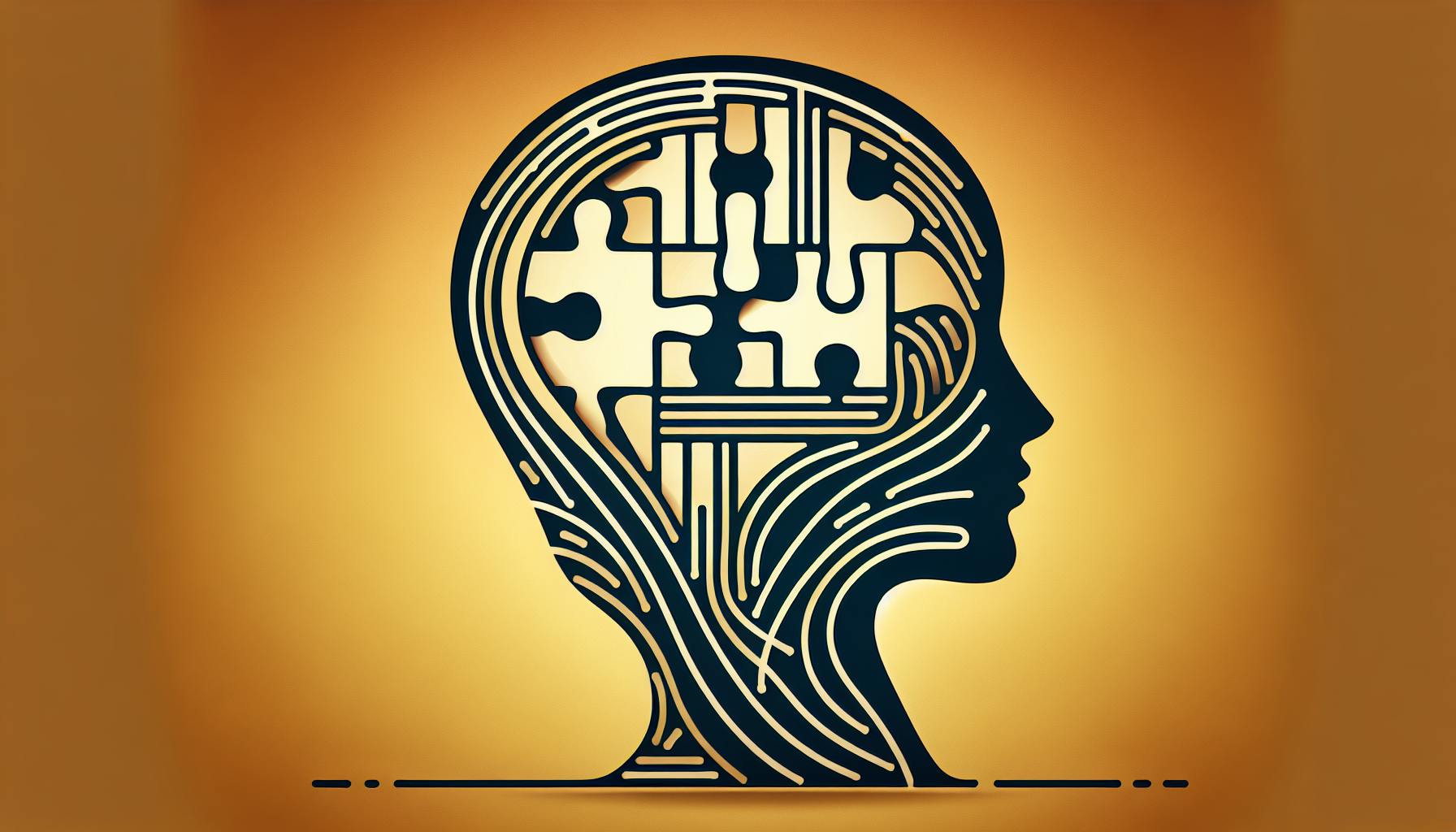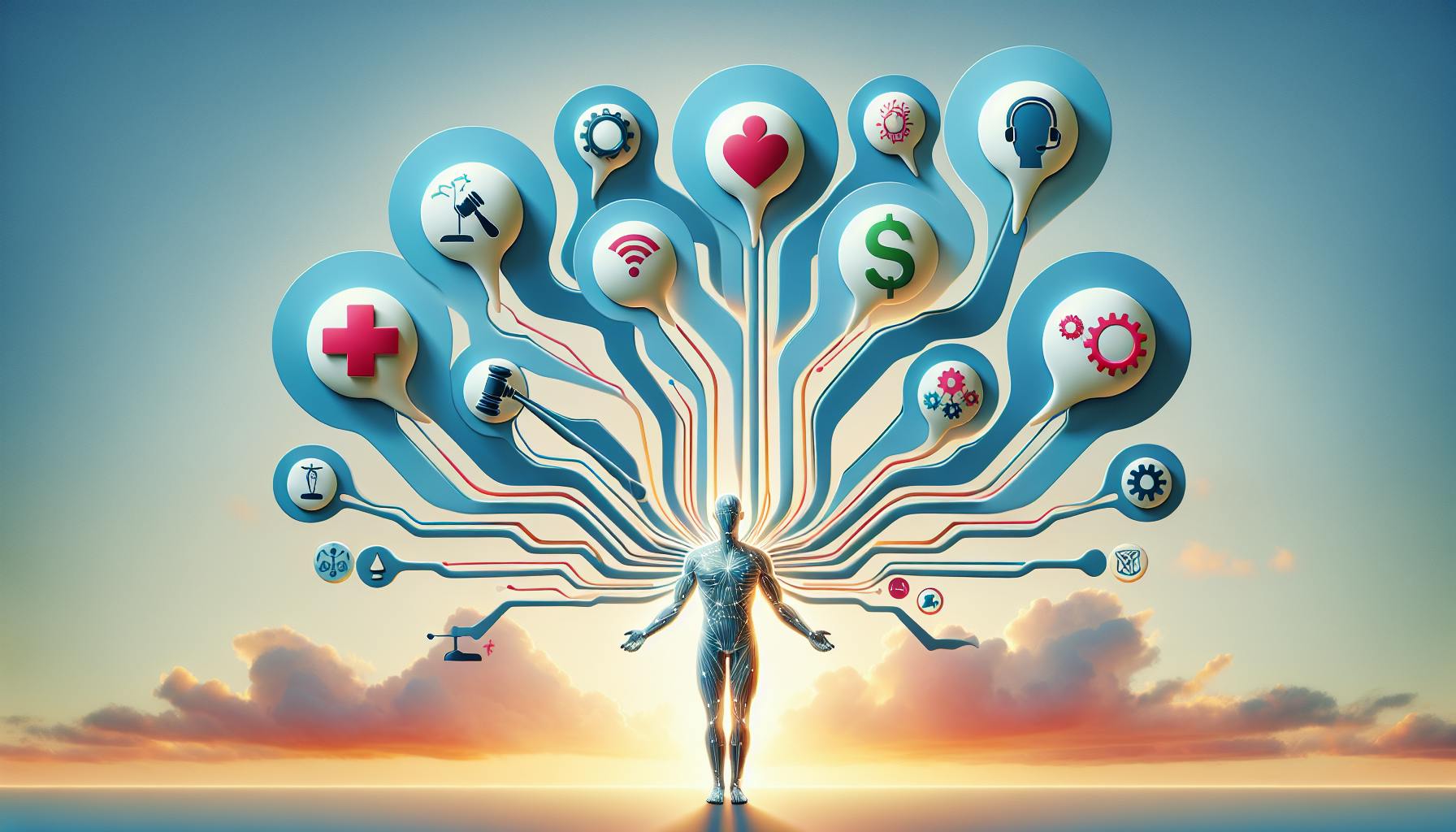Introduction: The Power of Personalized Conversational AI
Opening a conversation with a friendly “Hello [name]!” creates an immediate connection between humans. Using someone's name and personal details makes them feel valued and understood, fostering meaningful relationships. With advances in conversational AI like ChatGPT, we now have the ability to provide personalized and tailored conversations at scale through virtual assistants and chatbots. This article explores how creating custom ChatGPT configurations with specialized GPT models can align conversations to individual users' unique needs and interests. By leveraging customization to deliver personalized communication, we can enable more thoughtful, helpful, and engaging chat experiences.
Chatbots using default out-of-the-box settings often provide generic, repetitive responses that fail to truly resonate with many users. Without customization, conversations stay surface-level as the AI lacks the proper context to respond appropriately to each user. Users quickly disengage when chatbots cannot understand or relate to their specific needs, goals, and interests. This lack of personalization severely limits a chatbot's helpfulness and ability to create connections. The goal should be conversations evolved and tailored to each unique person, not a simplistic one-size-fits-all approach. With custom GPT models, we can achieve personalized conversations at scale.
Understanding Chat Personalization
Personalized chat involves adapting conversations to align with an individual user's unique needs and interests. Generic, one-size-fits-all chatbots have limitations when people require diverse types of dialog. While out-of-the-box AI settings may work for some users, many are left dissatisfied without customization tailored to their individual context. By training specialized GPT models, we can enable more meaningful, helpful, and engaging personalized conversations.
One-Size-Fits-All Falls Short
Default chatbots with generic AI configurations give repetitive, scripted responses that fail to resonate with most users' needs. Without any personalization, the conversations stay shallow, rarely exceeding basic Q&A. This causes many users to quickly lose interest and disengage when the chatbot cannot relate to or understand their unique personality, background, interests, and goals. The lack of customization severely limits the chatbot's ability to have meaningful, helpful conversations tailored to each individual user. While one-size-fits-all default settings work for some basic use cases, they fail to deliver conversations personalized to all users.
The Diversity of User Needs
Every user has diverse personalities, backgrounds, interests, communication styles, and goals leading to widely varied needs in conversational AI. What deeply engages one person may completely bore or confuse another. Some prefer casual open-ended chats while others want task-focused dialog. Many desire conversations tailored to their industry, role, or unique context. Effective personalized chat should align with each user's specific preferences and situation, not rely solely on generic AI responses.
The Benefits of Tailored Conversational AI
Conversations tailored to individuals foster stronger connections, provide more helpful assistance aligned to unique needs, and create more engaging interactions. Personalized chat leads to reduced repetition, improved context through user understanding, and conversations evolve based on user feedback. Key benefits include:
- More meaningful conversations resonating with each user's interests and personality
- Ability to engage and retain users by aligning to their needs and preferences
- Reduced repetition by maintaining user context during conversations
- Conversations and responses improve over time through user feedback
Specialized GPT models make scalable personalized chat possible by tailoring AI to specific personas, use cases, and continuously learning from interactions.
Stronger Connections
Personalized conversations build rapport by remembering user details and tailoring responses specifically to them. Virtual assistants can wish users a happy birthday, recommend gifts based on interests, or have casual chats about favorite sports teams. This shows the AI cares, making the user feel valued through customized interactions. It creates a feedback loop, engaging the user with conversations suited to them. Demonstrating understanding also encourages more dialog.
More Helpful Assistance
Tailored conversations allow the chatbot to provide responses suited to the user's specific situation and background. For example, an AI assistant customized for tech support can leverage a user's product history and past issues to provide relevant troubleshooting advice. Personalization improves the relevancy of responses by maintaining context. The virtual assistant can point users to resources tailored to their needs and interests. Helpfulness improves through continual user feedback.
Achieving Chat Personalization with GPT-3
Large language models like GPT-3 allow creating specialized GPT conversational AI tailored for unique user experiences. Many solutions now enable building customized GPT chatbots aligned to specific personas, use cases, and continuously updated through machine learning.
Specialized GPT Models
Options exist for GPT models focused on niche topics like healthcare, gaming, finance, etc. that resonate with specific users' interests. Models can also be tailored to various personalities, communication styles, backgrounds, and company brand voices. The custom models address the diverse range of user needs and preferences.
Comparing Custom GPT Solutions
Many solutions exist for building tailored GPT chatbots and assistants. Claude by Anthropic specializes in user-specific personalization. Character.ai offers GPTs aligned to brand identities. The All GPTs Directory provides broad access to pre-trained niche GPT models for customization. There are many emerging solutions with different approaches to conversational AI customization.
All GPTs Directory
The All GPTs Directory offers an extensive marketplace of pre-trained GPT models tailored to virtually any industry, interest, or use case. Their niche models enable businesses to quickly build personalized and contextually-aware chatbots, virtual assistants, and customer support tools. The custom models significantly reduce repetitive conversations through improved relevancy.
Creating Your Own Custom ChatGPT
Building a custom GPT chatbot involves steps like defining personas, gathering training data, and iteratively improving the model based on testing and user feedback. Properly training tailored models leads to more natural, personalized and helpful conversations. Key steps include:
Defining the Persona
Research target users to identify patterns in personality, interests, background, and goals. Create detailed customer personas outlining demographic info, tone of voice, communication preferences, and other attributes. These guide the model training.
Training the Model
Gather relevant conversational data and datasets representing the persona to train the model. Leverage transfer learning from large models like GPT-3. Carefully evaluate responses during training to iteratively improve personalization.
Continual Improvement
Monitor conversations to further train the model using reinforcement learning and user feedback. Identify areas for improvement and customize responses tailored to each user. This improves relevancy over time.
The Future of AI-Powered Personalized Chat
Custom GPT models enable conversational AI tailored to individuals at scale, fostering meaningful connections, reducing repetition, and providing helpful relevant assistance. As virtual assistants and chatbots continue learning from real-world conversations, the personalization will become more natural and intelligent. Responsible development is critical as these technologies progress. With chatgpt-personalization-guide/">custom conversational AI like ChatGPT, we can deliver interactions as unique as the humans behind each chat session.


